
If you're interested in upgrading your Bluetooth speaker, this article is worth a look.
You'll need a few mono Bluetooth speaker kits for the project, such as the AS20BP03307 module or the MH-M18 module—both of which support SBC encoding. For this project, we used the TDA2822M amplifier module, which can be modified into a stereo Bluetooth speaker. The assembly is powered by an independent 5V power supply. After testing, we found a significant amount of background noise, especially when Bluetooth was connected. The right channel emitted a rhythmic "clicking" sound.
Step 1: Remove the ferrite bead from the common end (ground) of the amplifier's audio input line and directly short the pads.
Effect: The hissing sound disappears, and the improvement is noticeable.
Step 2: On the Bluetooth module, use a diode to step down the voltage (5V -> 4.25V), then add a 6.3V/220uF solid-state capacitor in parallel. Before the voltage drop, parallel a 16V/22uF ceramic capacitor.
Effect: The rhythmic clicking sound after Bluetooth connection is significantly reduced.
Step 3: Follow the Bluetooth module's instructions and add a 10mH inductor (in practice, use a 30mH coil) in series with the 5V power supply line from the amplifier to the Bluetooth module.
Effect: The clicking sound after Bluetooth connection is somewhat reduced, but it can still be heard.
Step 4: Use a 12V power supply for the entire system. Add an AMS1117-3.3 in series with the power line from the amplifier to the Bluetooth module, remove the voltage step-down diode on the Bluetooth module, and short the pads. The Bluetooth module is now powered with 3.3V.
Effect: The clicking sound after Bluetooth connection is barely reduced, but the amplifier's output power increases significantly.
Step 5: Replace the voltage step-down diode on the Bluetooth module with a ferrite bead.
Effect: The clicking sound after Bluetooth connection is barely reduced.
Step 6: Consider switching your approach as there might be an issue. If you touch the antenna's end, you may notice that the clicking sound after Bluetooth connection disappears completely. Alternatively, touching other ground points may improve the situation, while others show no improvement. It seems the ground plane might not be complete. The amplifier module's bottom layer is fully copper-clad. Looking closely at the matte black Bluetooth module, you'll notice that the bottom ground plane is divided into two sections by traces, connected by a narrow copper foil strip. Various connections between the ground and solder resist are in place.
Effect: Both the background noise and clicking sound disappear, and only white noise can be heard when you're close to the speaker. Perfect. Upon testing the frequency range, you can hear from 100Hz to 17kHz.
Step 7: The speaker is mounted using 2mm self-tapping screws into the plastic enclosure, with a ring of vulcanized silicone rubber used for sealing. Three 4mm holes are drilled at the bottom, and the walls are filled with cleaning sponges before attaching the bottom cover.
Next step: Build a stand.

Kit components: Enclosure and 8Ω 2W speaker
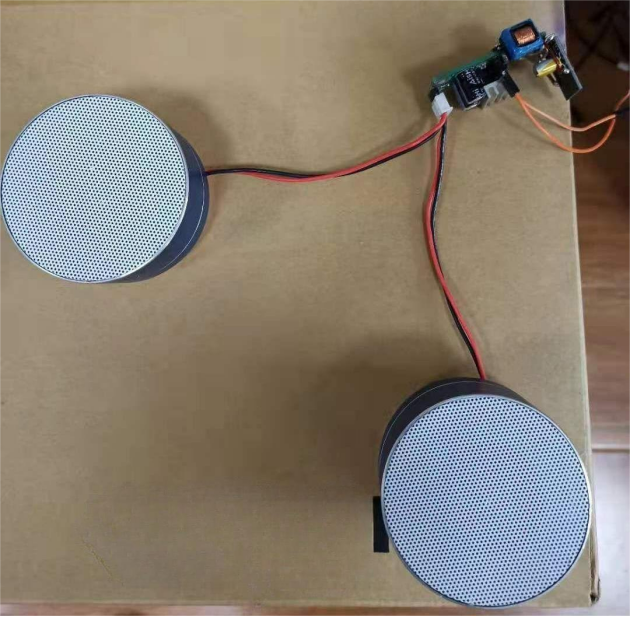
Final Form

Amplifier + Bluetooth: Note the various grounding points.
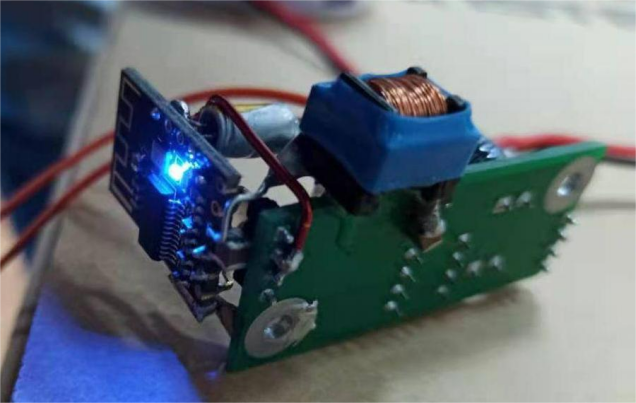
Amplifier + Bluetooth: Pay attention to the AMS1117, grounding, and filtering.

Amplifier + Bluetooth: Focus on the AMS1117, grounding, and filtering.

Amplifier + Bluetooth: Notice the various grounding points and filtering.
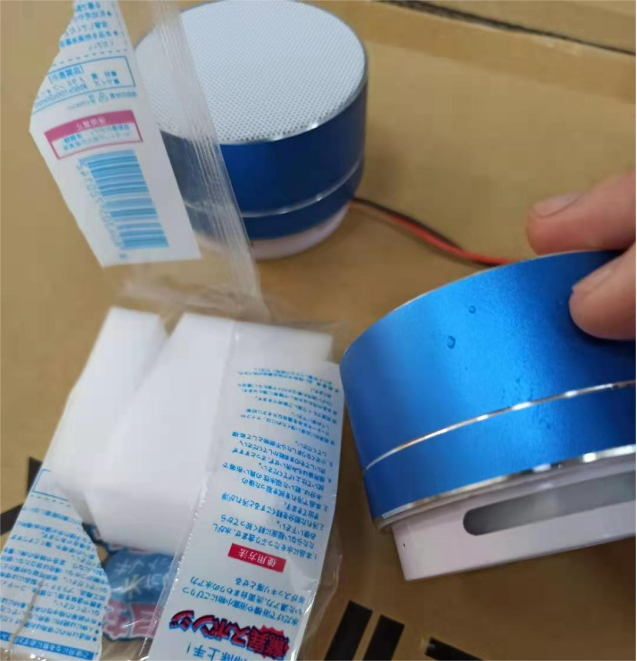
The interior and bottom are filled with clean sponge.
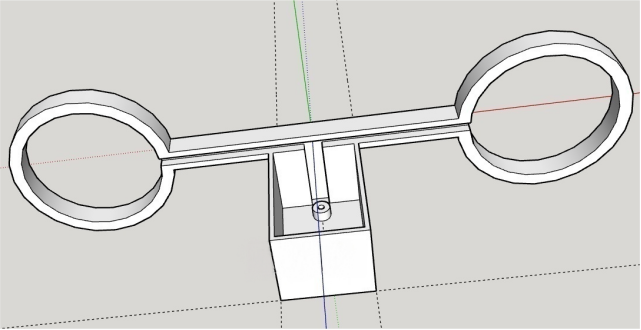
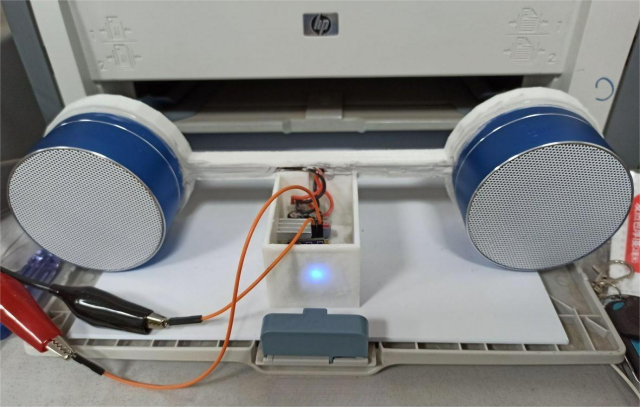
The stand is ready. Silicone adhesive was used, foam pads were added underneath, and a cover was attached to finish the project.




